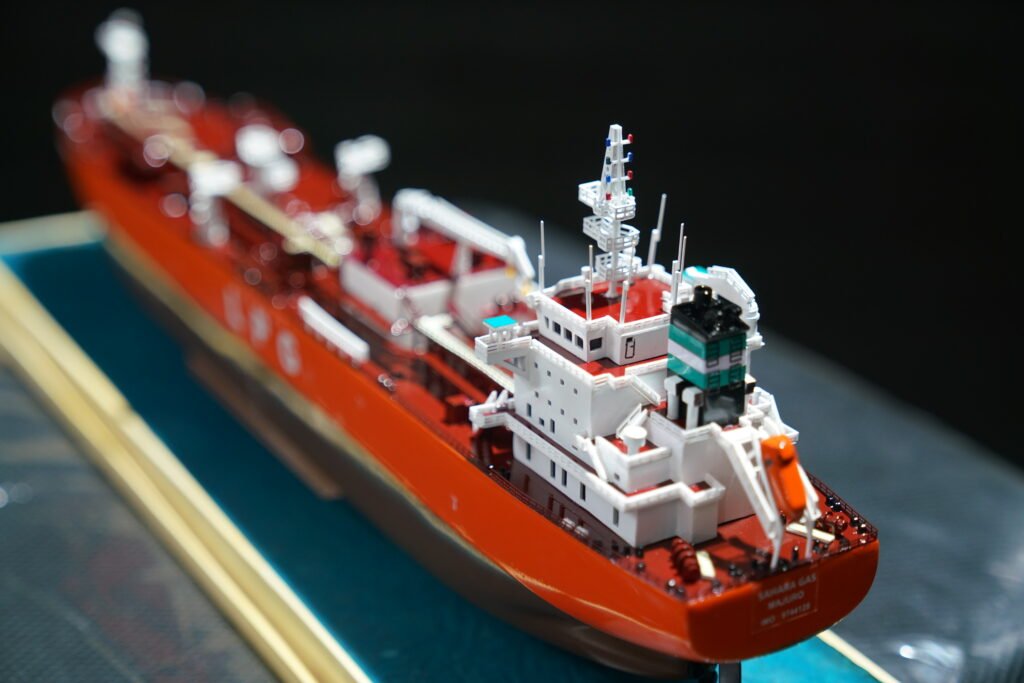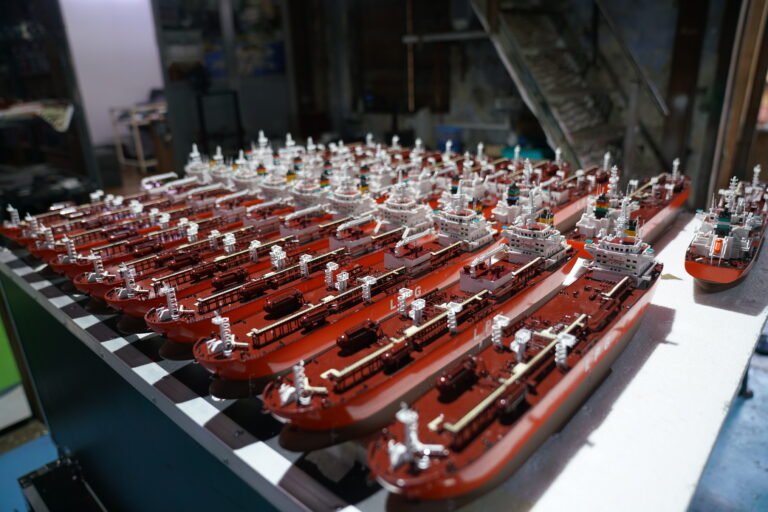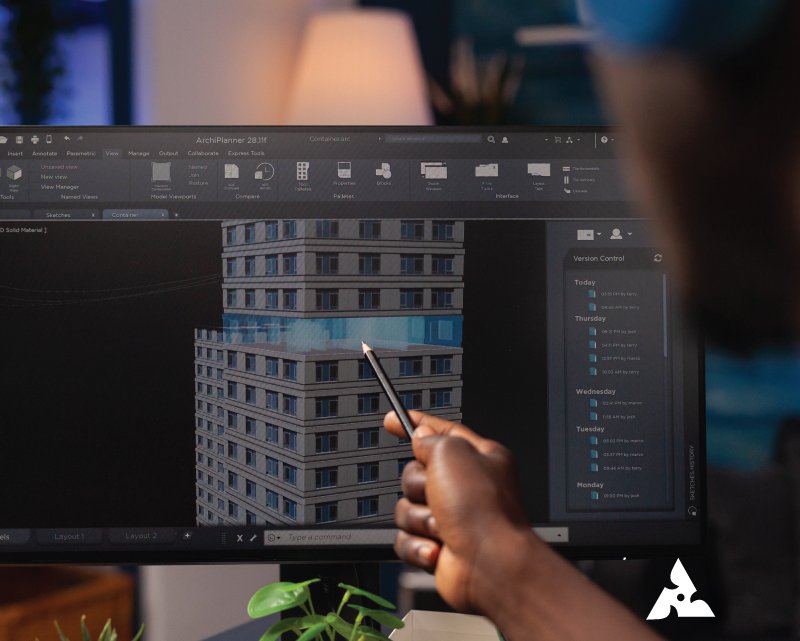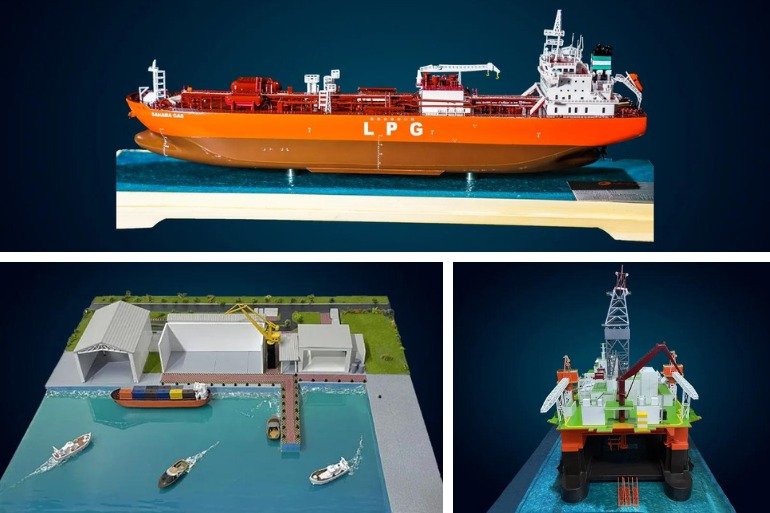Marine Model Making Process: An In-Depth Guide by Maadhu Creatives
Table of Contents
Marine model-making is a craft that brings to form the grandiosity of ships and marine vessels in the small and detailed hands. The blend of engineering precision with an artistic flair brings to life not only historical and contemporary vessels but also serves educational, design, and preservation purposes. Maadhu Creatives specializes in the creation of high-quality, complete marine models reflecting artistry and technical expertise. This very inclusive guide will take us through the meaning and relevance of marine models, the process of model making, and also how you will be able to make your very own.

Meaning of Marine Model
Marine models are physical copies of ships, boats, and various marine vessels but in smaller sizes than the original. These models hold significant value across various sectors:These models hold significant value across various sectors:
Educational Tools: Marine models are models that are used in order to teach people more about the area of naval engineering including naval architecture, ship construction, and marine engineering. They assist students and enthusiasts of ship design and engineering to appreciate some of the most technical aspects that are involved in construction and operation of ships by pointing towards these examples.
Design Verification: In addition to this, marine models enable someone to have a preview of a ship before construction of a vessel through trial and error in order to reach the most proper design. They assist engineers and designers in the determinations of problem areas and solutions before drawing sets of final designs, thus delivering most efficient and effectual ships.
Collectibles and Exhibitions: Some of them are built to such detail that they are close to life-size and are displayed in museums, exhibitions and as private collections. They are traditional, as well as contemporary; they are outstanding in terms of craftsmanship and are associated with historical events.
Training and Simulation: Marine models are employed in the training instances to replicate the ship operations and the prevailing situations. All of the material has clearly practical application, showing how such vessels perform, and how they interact in different conditions, without actual sea and ocean tests and trials.
Historical Preservation: This way, crucial details of historic vessels can be reproduced thus helping to keep that part of maritime history alive. These models are very useful in preservation of history, as far as the older designs and technologies are concerned.
Define Marine Model Making
Marine model making is really the art and science of re-creating mini-vessels with precision. It is a process that involves a number of technical skills combined with the artistic design of capturing the essence of the original vessel. Marine model making can be used in hobbies and some applied areas, such as education, design, and display.
What makes marine modeling so critical is the ability to use small forms of representing complex ships and boats. Whether the models are for educational purposes, validation of the design, or just mere showpieces, they have to be properly planned for both their design and execution.
The process of marine model making

The process of marine model making is a process that describes how a model is made from the time an idea is conceived in the designer’s mind to the time the model is ready to be displayed. Here’s a step-by-step guide to help you understand how these intricate models are created:
- Research and Planning
- Gather Information: The first step is understand all the specifications of the vessel that is to be modeled. They include drawings, previous records, and comparison pictures. Special emphasis shall be put on the data accuracy since a faithful representation cannot be obtained with inaccurate data.
- Define Objectives: Find out the goal or objective of your model. It will also help to guide the process of designing and building your Verismo, whether it is for educational use, design verification, or as a freak fixture, so to speak.
- Design and Prototyping
- Create Initial Designs: Develop rough outlines in sketches or computer generated graphic impressions for the model. It thereby enables one to have a feel of the final work and probably how the construction process will look like.
- Build Prototypes: Make models in the form of rough designs so that you can pilot the plan that you wish to execute. It gives an opportunity to modify something and guarantee that the designed item is practicable and correct.
- Materials Selection
- Choose Materials: Choose the right materials for your marine model based on your model’s purpose and desired level of detail. Key materials include fiber, acrylic, and 3D printing. Each material offers unique characteristics and finishes suited for different aspects of model making.
- Prepare Materials: These activities include cutting, shaping, and forming of the materials ready for assembly. It stresses that you must have all the parts that are required in constructing the house before you embark on the construction.
- Construction
- Assemble the Hull: Start off by building the structure of the vessel commonly known as the hull. This base part has to be perfectly measured and put together with precision.
- Add Details: After the construction of the hull, such elements as decks, superstructures, and fittings can be installed. When addressing these points, one should employ precision tools so as to achieve relative simplicity yet a high degree of accuracy and interconnectivity.
- Finish and Paint: Paint the model and add any finishing touches to make it resemble the real ship. This entails putting on trims, weathering, and other features that will make the model look more realistic.
- Final Assembly and Testing
- Assemble Components: Place all the elements together and make sure all the joins are right and tight.
Test and Review: Check the entire accomplished model for its precision and high quality. This way, you can make any necessary adjustments that would make it fit your desired look and feel.
How to Make a Marine Model
If you want to know how to make a marine model you have come to the right place and in this article I will show you all the basic steps needed. Here’s a simplified guide to help you get started:
- Start with Research:
- Request conceptional and detailed designs and obtain any design documents such a blue prints, technical documentation and reference images of the vessel. One of the most important aspects that define realism of the corresponding model is the information used.
- Plan Your Design:
- Prepare refined drawings of the model in case the work is to be done in sketch form or if the work is to be done in computer graphics. Whenever you are building something, look at how you are going to construct it and the potential problems that you might face.
- Select Materials:
- Select a material according to the purpose of your work, type of your model and how detailed the model needs to be. For instance, wood and fiber, acrylic, and 3D printing are used in classic models, whereas plastic and resin are in modern models.
- Build the Model:
- Build it from the shell up, then the decks and superstructures, then, the detail parts. Keep the accuracy level high by using precision tools in every part of the creation.
- Finish and Detail:
- Finally, paint and apply a proper finishing to your model so that it resembles a real ship. Paint decals, apply further weathering, and paint other details to make it as realistic and visually appealing as possible.
- Assemble and Test:
- Gather all the parts and look at the final version of the model. If necessary, go back and modify it in order to achieve its purpose as well as meet your expected standards.
Marine Model Design

Marine model design is a crucial aspect of model making, involving detailed planning and execution to achieve an accurate representation of the vessel. Key considerations include:
- Accuracy: Ensure that the design faithfully represents the vessel’s dimensions, features, and details. Utilize reference materials and technical specifications to guide your design.
- Detailing: Pay close attention to the finer details of the model, such as deck features, superstructures, and fittings. These details contribute significantly to the overall realism and quality of the model.
- Scale: Choose the appropriate scale for your model based on its intended use. Common scales for marine model include 1:48, 1:72, and 1:100. The scale determines the level of detail and the model’s size relative to the real vessel.
- Materials: Select materials that match your design requirements and desired level of detail. Different materials offer various textures and finishes, impacting the final appearance of the model.
- Functionality: Consider the model’s functionality, especially if it’s intended for educational or training purposes. Ensure that it accurately simulates the vessel’s operations and conditions.
Conclusion
Marine model making, on its part, is a rich and complex area that is as much about art as it is about engineering. In various capacities, marine models are important for various applications ranging from being used in education, to help in design validation, as well as being used in historical documentation and training. Maadhu Creatives is focused on making the most detailed marine models illustrated by the best craftsmanship with dedication.
Skilled workforce, arsenal of state-of-the-art equipment, and keen focus on customer satisfaction set us apart as your premier marine modeling provider. If you have a need for an exact replica of an ancient ship or a ship from a certain era that you want modeled to the finest detail, a modern boat model, or a boat designed in accordance with your need, it is high time you approached Maadhu Creatives.
Learn how marine model making with Maadhu Creatives is different and how our models can complement your work and provide the best outcome. Please, do not hesitate to contact us to discuss how we can help with marine modeling and guarantee the success of your future project.
Frequently Asked Questions (FAQ) about Marine model making
Marine models are developed in accordance with a series of specific stages that involve research, design, the selection of the material that is to be used, and construction. It includes data collection of the vessel, design, material, construction of the model, and finishing of the model.
Different marine models have distinct functions, including education, design validation, collectibles, training aids, and simulators. Others are useful in studying ship design, evaluating integrated vessel characteristics, conserving maritime history, and especially the abrupt application of shipboard models.
As already mentioned, some of the most frequently utilized materials in building marine models include wood, plastics, metals, and resin. These metals possess different characteristics and coatings that may be suitable for meeting the required standard of the model.
The scale of a marine model depends on the task that is to be accomplished and the degree of detail involved in that particular task. There are specific types of sizes that are normal, and they involve 1:48, 1:72, and 1: 100. It shall be noted that the scale ratio is determined by dividing the real ship’s measurements by the corresponding model measures.
Yes, it is possible to train on marine models; special attention should be paid to the work of the ship’s officers. They are a great platform to get an insight into what it means to be at sea and handling the operations of a ship without having to expose the trainees to the dangers involved in a real ship.









